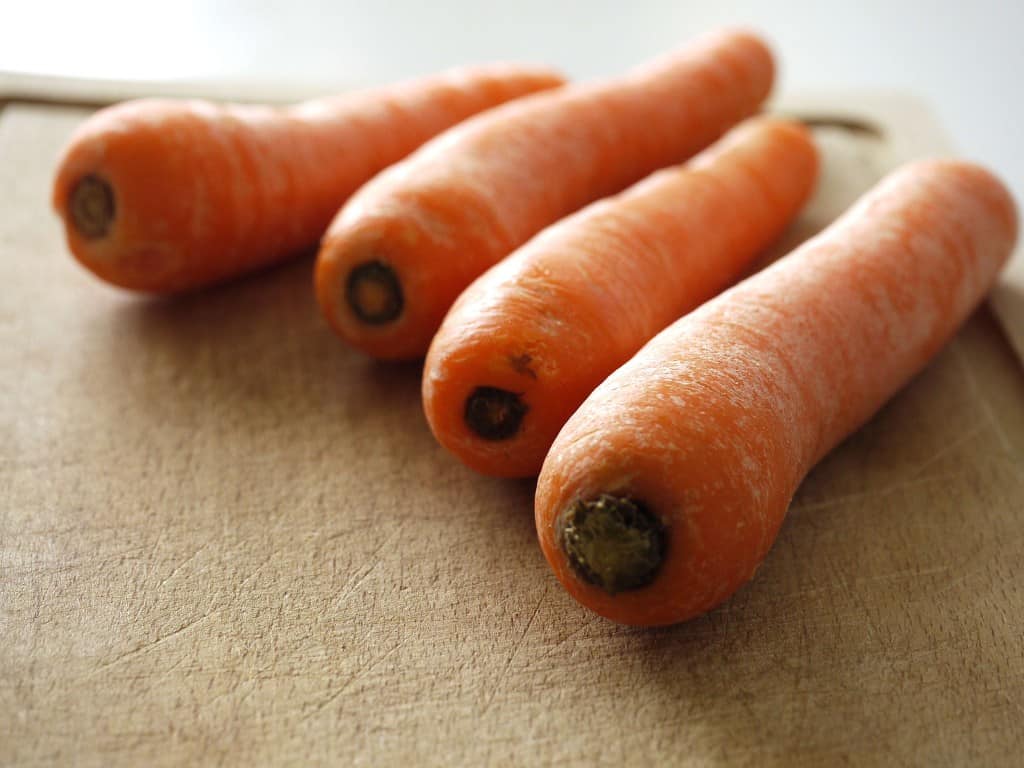
Carrot is one of the popular vegetable that belongs to the root family and easy to grow in sandy soil. They are defiant to diseases and the majority of pests. Carrots are very good crop for late season that can put up with cold. There are also varieties of carrots from colours to shape, depending on the seeds you purchase and the type of soil you’re working with.
Preparation
If you want a successful root vegetable harvest, you have to start with a good base. Your soil should be in a good condition. So take time to prepare it. It’s best to start your preparation in early spring or late winter. Turn your soil into crumby texture to fine by removing all the stones you find in your patch.
However, if your soil is in a not so good or suitable condition, you can always work with containers or garden beds. Remember to not add compost to the soil to avoid too much richness for the seeds.
Success with root vegetables is pretty much base to the quality of the soil that they’re grown in, so it’s worth taking the time to prepare your patch.
- Start digging over your soil in late winter or early spring, removing any stones you find and thoroughly turning the soil until it has a fine, crumbly texture.
- Place seeds 3-4 inches at a distance in rows. There should be at least a foot apart.
- Apply light amount of general fertilizer a week before sowing your seeds.
Harvesting
- Carrots mature at about 2 ½ months and ½ inch in diameter. Harvest if you may base on your desired maturity.
- If the ground will not solidify, you can leave the developed carrots in the soil for storage.
- Twirl off the tops, use cold running water for scrubbing the dirt, dry and fasten in airtight plastic bags, and keep cold. Fresh carrots will go limp in a few hours after you store them in the fridge.
- For winter use, Carrots can be stored in tubs of damp sand.

Maintenance
- To retain dampness, fast germination and block the sun from the roots, lightly mulch.
- To put off forking and stunting of the root development, the Soil should be well drained and loose.
- Thin once plants grew inch tall, so they set 3 inches apart. For damage prevention, use scissors to snip instead of pulling the roots. Water at least one inch per week.
- Weed the plants carefully.
- After sowing 5-6 weeks, fertilize the soil.
- After a couple of frost, carrots have better flavor. Cover carrot rows at least 18-inch coating of shredded leaves following the first hard frost to preserve them for harvest.
- Apply resistant mixture of carrot such as ‘Flyaway’ or ‘Resistafly’ to prevent pests from ruining your crops.
Varieties
- ‘Bolero’ – defies most leaf pests.
- ‘Nantesa Superior’- sweet flavor, become accustomed to any soil.
- ‘Thumberline’- Round carrot, excellent for clumpy or clay soil.
- ‘Adelaide’ AGM – An early carrot that you can sow in February or March under a cloche for protection.
- ‘Parmex’ AGM – A short-rooted carrot with round roots, fit to grow in growbags or containers.
- ‘Flyaway’ – Produces sweet orange roots and has fine resistance to carrot fly.
- ‘Maestro’ AGM – A blunt, smooth-skinned carrot uniform in shape and size.
Interesting Facts about Carrots
- Community first plants carrots as medicine, not food, for an assortment of ailments.
- In relation to 5,000 years through historical documents and paintings, carrots were traced. Since several people mistook them for parsnips, there is no exact date known to when as the carrots first appeared.
- Carrots are excellent source of vitamin A, more than enough to provide your daily requirement in just one carrot. Medium-size carrot consists of 25 calories, 6 grams of carbs, and 2 grams of fiber.
- The deeper orange the carrot, the more beta-carotene (a natural chemical that the body changes into vitamin A. ) you’re getting.
- Carrots are not always orange, but they can also be white, yellow, red, and purple.
- Mel Blanc, who’s behind Bugs Bunny’s voice, reportedly did not like carrots.

